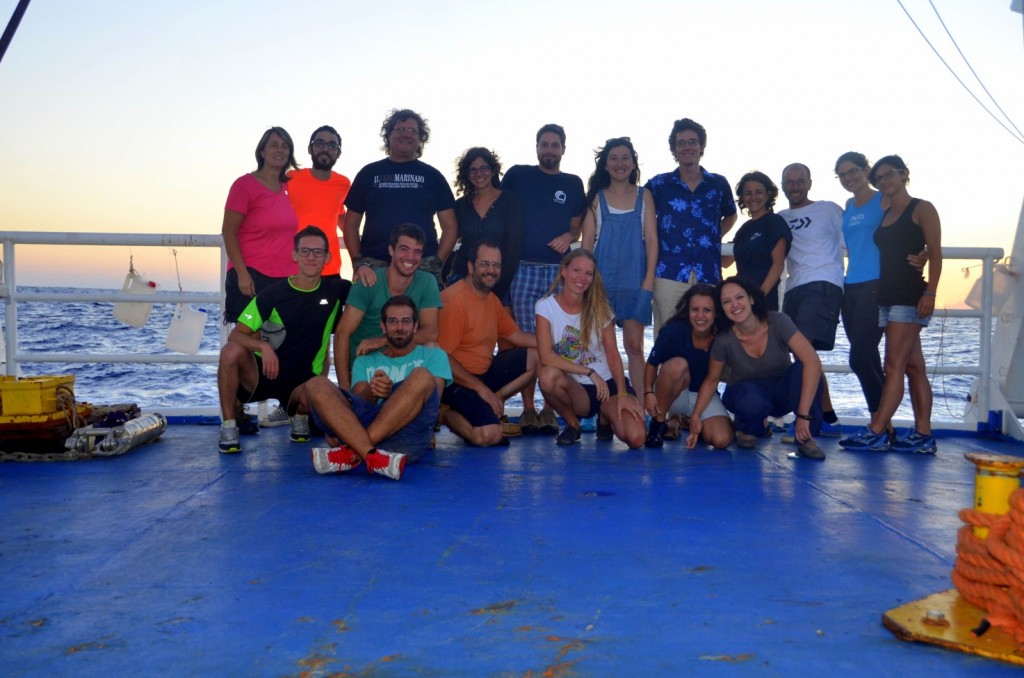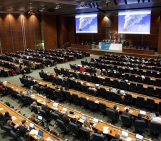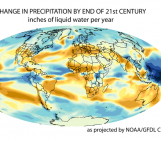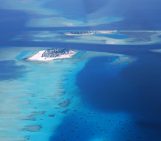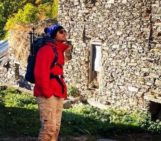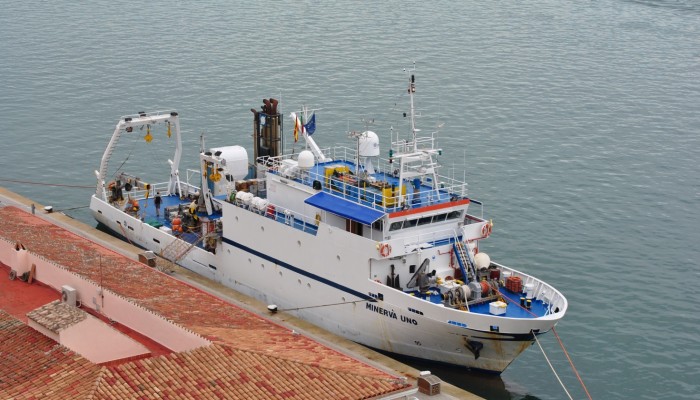
This is the final instalment of the adventures of Simona Aracri, a PhD student at University of Southampton, and her colleagues, who spent a month aboard a research vessel, cruising the Mediterranean Sea. Simona and the team of scientists aboard the boat documented their experiences via a blog and we’ve been sharing some highlights over the past few weeks. As we wave goodbye to the research cruise we discover that the fascinating world of sea microbes is still a conundrum to scientists and if you are headed on a cruise any time soon, you might find the top ten things Lilo Henke learnt aboard the ships useful to know too!
25th August 2015 – To be or not to be (the unseen world in a drop)
While most of us are fighting for and exchanging the last drops of water from the CTD Rosette , there is someone struggling, scrolling through hundreds of scatter plots on the flow-cytometer monitor…one, two, thousands, millions of anonymous dots will finally appear like an abstract painting ..small, big, medium…autotrophs, heterotrophs ….is the crazy but fascinating world of microbes! The invisible circle of lives that drive most of our existence on this planet! Bacteria, archaea and tiny unicellular animals fixing, eating, reworking, transforming whatever food is available ….the never-ending tale!!
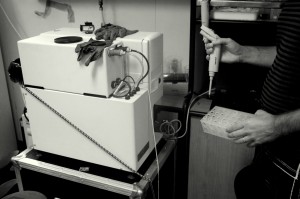
Portable flow-cytometer operating on board. This instrument allows scientists to count the cells present in a sample. Credit: Sara Durante
We are happily and genuinely puzzled in trying to understand their functions, and how much Carbon is channeled and stored through them in the deep…
This is the reason why we (biologists, or better to be precise ….microbial ecologists) are here! Far from our homes, newborn and grown up children, everyday problems….. for a month chasing every possible change that may happen!!!
Sometimes we are tired of the invisible and dream of big stuff… fishes, corals …why not?….whales!! But after all we know they are all made 90% of microbes. That’s how life goes!!!!
It’s not a fantasy of our mad brain …..We have to convince ourselves and the rest…..even non-living viruses exist! and the monitor will finally show it!!!
Lucia Bongiorni, Scientist at CNR-ISMAR
1st September 2015 – Home!
After 92 CTD stations, Mistral wind-storms, heat waves, endless night hours in the lab, we are back home!
Many thanks to the Minerva Uno crew and thanks to all those who with their good mood and talent made of this month a real journey!
The scientific crew
Ten things I’ve learnt on this cruise that are not science
- 1. Bring clothes you’re not particularly attached to. Between the grease, rust and salt there’s a high probability they’ll be ruined
- 2. A ‘working day’ is a concept that doesn’t exist on board. Sampling needs to happen, regardless of what time it is
- 3. Music and some small speakers work wonders for the lab morale
- 4. Don’t expect any on-board entertainment. If there is TV, most of it will be incomprehensible foreign channels. Internet bandwidth is a luxury mostly reserved for tracking the glider and not for scientists trying to access their email or other frivolities
- 5. Do expect to be bored. Deal with it.
- 6. If bad weather strikes, no matter how awful you feel, just remember… it will pass
- 7. Be nice to your fellow scientists. You may depend on them to take your samples for you when you’re incapacitated by sea sickness
- 8. Sampling is fun! You’re outside, you get to catch up with everyone, and it definitely beats sitting in an office any day
- 9. Take an interest in what others are working on during this cruise. There is an incredible amount of amazing science being done by amazing people
- 10. Make the most of your time at sea. Look at the coast lines, wave at other ships, marvel at how the ocean looks different every day, laugh at the dolphins playing in the water, treasure every beautiful sunrise and sunset
Lilo Henke, Ph.D. student at Exeter University
By Simona Aracri, PhD student at University of Southampton and colleagues aboard the R/V Minerva Uno

